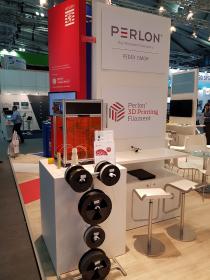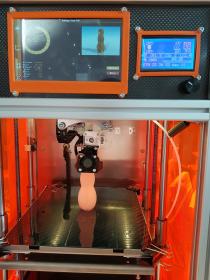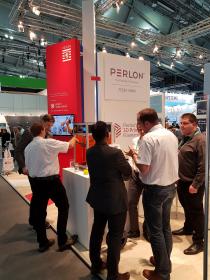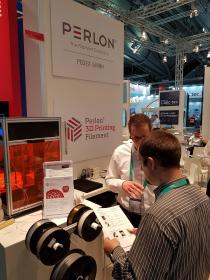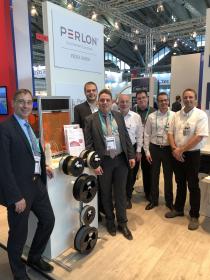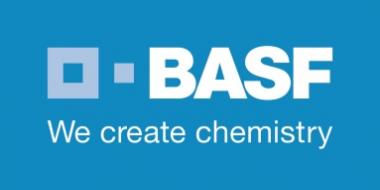DISCOVER THE 30 FINALISTS SELECTED FOR THE JEC INNOVATION AWARDS 2019
JEC Innovation Awards celebrate the fruitful cooperation between players of the composite community. Over the past 15 years, the JEC Innovation Awards have brought in 1,800 companies worldwide. 177 companies and 433 partners have been rewarded for the excellence of their composite innovations. The JEC Innovation Awards reward composites champions, based on criteria such as partner involvement in the value chain, technicality or commercial applications of innovations.
3D PRINTING, A NEW CATEGORY IN 2019
In 2019, 30 finalists have been selected by an international jury of experts from more than a hundred applications. They compete in 10 categories, among which the new 3D printing one. "The JEC Innovation Awards program is emblematic and recognizes pioneers in composite innovation. 3D printing plays a new role in our industry. The combination of lightweight, resistant materials that allow great design freedom, with a technology that allows complex shapes, is of interest to manufacturers. Many manufacturers have started using it to print automotive parts, aircraft parts, or building walls”, analyses Franck GLOWACZ, Innovation Content Leader at JEC Group. “Due to the very high level of the nominees, the JEC Innovation Awards ceremony should be very rich! ”



